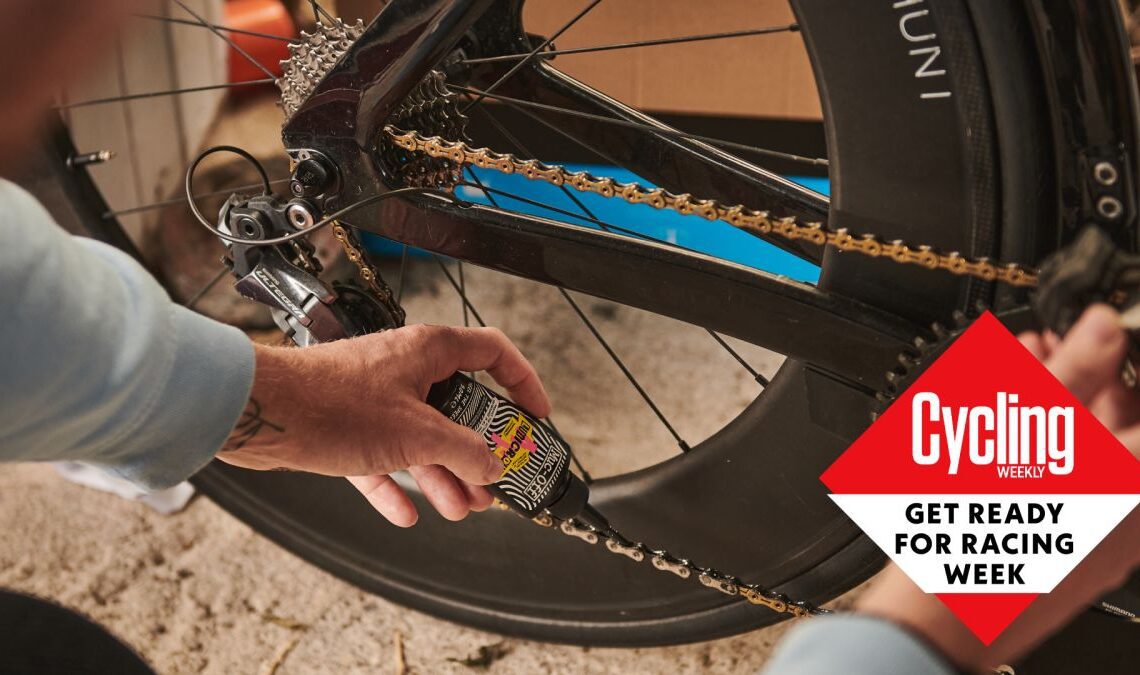If you’ve been training throughout the winter months in preparation for the racing season ahead, you’ll want to ensure that your bike is just as ready as you are.
A well-tuned bike can make a significant difference to your performance. Regular maintenance is always advisable of course, with the ‘prevention is better than a cure’ philosophy applicable to your bike as it is your body. However, it might be that your race bike has been hung up in a garage for a few months and needs a close inspection before you pin a number on again.
So what areas of the bike should you be looking at? And is there anything you can do that will help it to run more efficiently under the additional pressure of racing conditions?
General inspection
A general inspection of your bike is the best place to start. And to do this with confidence you’ll need to start with a clean bike.
There’s a good chance that you will have cleaned and re-lubed your bike before putting it away for the winter. If this is the case then a wipe over with a cloth may be sufficient. However, if you’re new to racing, with your training bike perhaps doubling as your racing steed, then you’ll want to start by giving it a thorough clean, especially the drivechain.
Once clean you can check the bike for any signs of wear and tear.
(Image credit: Chris Graythen/Getty Images)
Frame
Check the frame for any noticeable damage. This is normally in the form of cracks, chips or dents and perhaps tube buckles as well. Pay particular attention to welding points. There’s a strong chance that most of the flaws are superficial but if you’re concerned it’s advisable to take it to a bike shop or local frame builder for a second opinion.
Bar tape
If your handlebar tape has seen better days then replacing it ahead of a race is a good idea. Its removal will allow you to check on the condition of the cables beneath it as well as the bars themselves. A fresh wrap of the best bar tape also helps to make your bike look race ready at the start line.
Cables
If you’re running mechanical gears and/or brakes you’ll want to check the condition of the cables. Frayed or damaged cables should be replaced as should cracked housing (the outer cable). If either the brake or gear cables feel sticky and sluggish when operated then you’ll also want to replace them to aid both shifting and braking (more on that later).
Tires
Naturally any bald or flat spots means that your tires are susceptible to punctures as well as providing…

